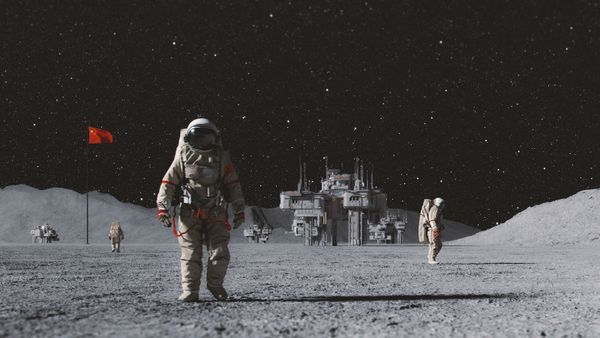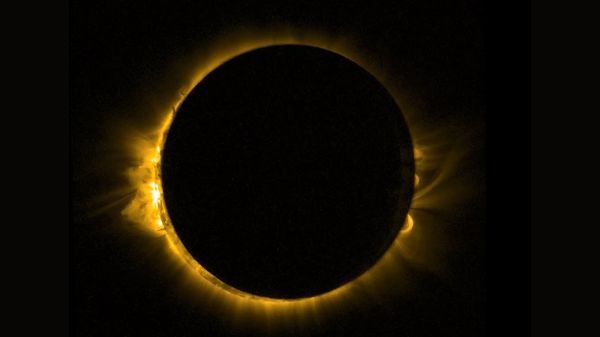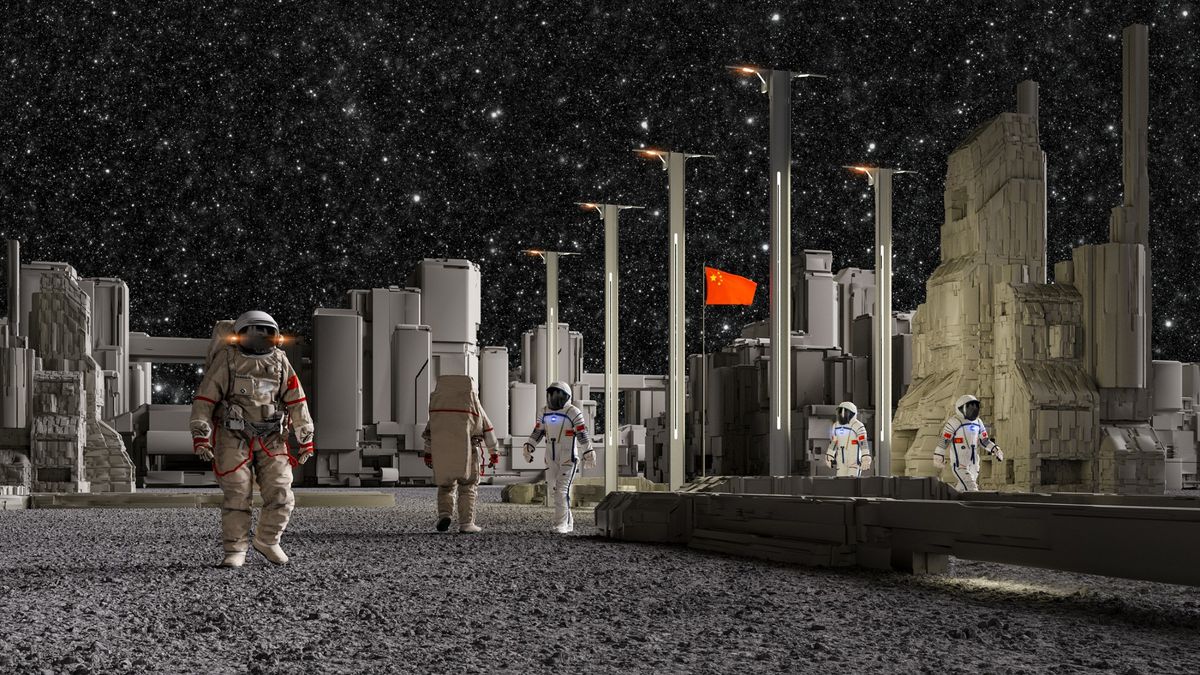Russia and China to Collaborate on Building a Nuclear Reactor on the Moon by 2035
Russia’s space agency Roscosmos recently announced its plans to partner with China to construct an automated nuclear reactor on the moon by 2035. This proposed reactor is intended to provide power for a lunar base that will be jointly operated by the two countries. The initiative stems from a 2021 agreement between Roscosmos and the China National Space Administration (CNSA) to establish the International Lunar Research Station (ILRS), which was envisioned to be open to all interested countries and international partners.
Nevertheless, NASA astronauts are unlikely to have access to this base due to historical tensions with CNSA and a more recent fallout with Roscosmos, who will exit the International Space Station in response to U.S. sanctions following Russia’s invasion of Ukraine in February 2022.
Plans for the Lunar Nuclear Reactor
Roscosmos revealed its intention to collaborate with CNSA in constructing a nuclear reactor on the moon by the mid-2030s. The project is geared towards installing a power unit on the lunar surface, as stated by Roscosmos director general Yury Borisov. Borisov emphasized that this complex task would likely be executed autonomously, without human presence, utilizing nearly finalized technological solutions.
Additionally, Roscosmos aims to deploy nuclear-powered rockets for transferring cargo to the moon to facilitate the construction of the lunar base, although safety considerations for these spacecraft remain unresolved.
Powering Future Lunar Bases
A reliable power source such as a nuclear reactor is deemed essential for sustaining future moon bases, given the limitations of solar panels in generating and storing sufficient energy. Notably, U.K. scientists have designed a compact lunar nuclear reactor powered by minute seed-sized fuel cells, earmarked for potential future NASA missions.
Currently, the specific configuration and functionality of the joint Russian-Chinese reactor remain undisclosed.
Russian and Chinese Lunar Exploration
Roscosmos and CNSA have contrasting lunar exploration histories, with Russia’s recent moon mission experiencing setbacks, while China has achieved notable milestones, including successful lunar landings and sample return missions. China’s ambitious plans to launch reusable rockets in preparation for human moon missions by 2030 highlight the nation’s dedication to lunar exploration.
In the midst of these developments, NASA remains committed to returning humans to the moon, with the first crewed Artemis mission now slated for 2026.
Image/Photo credit: source url





